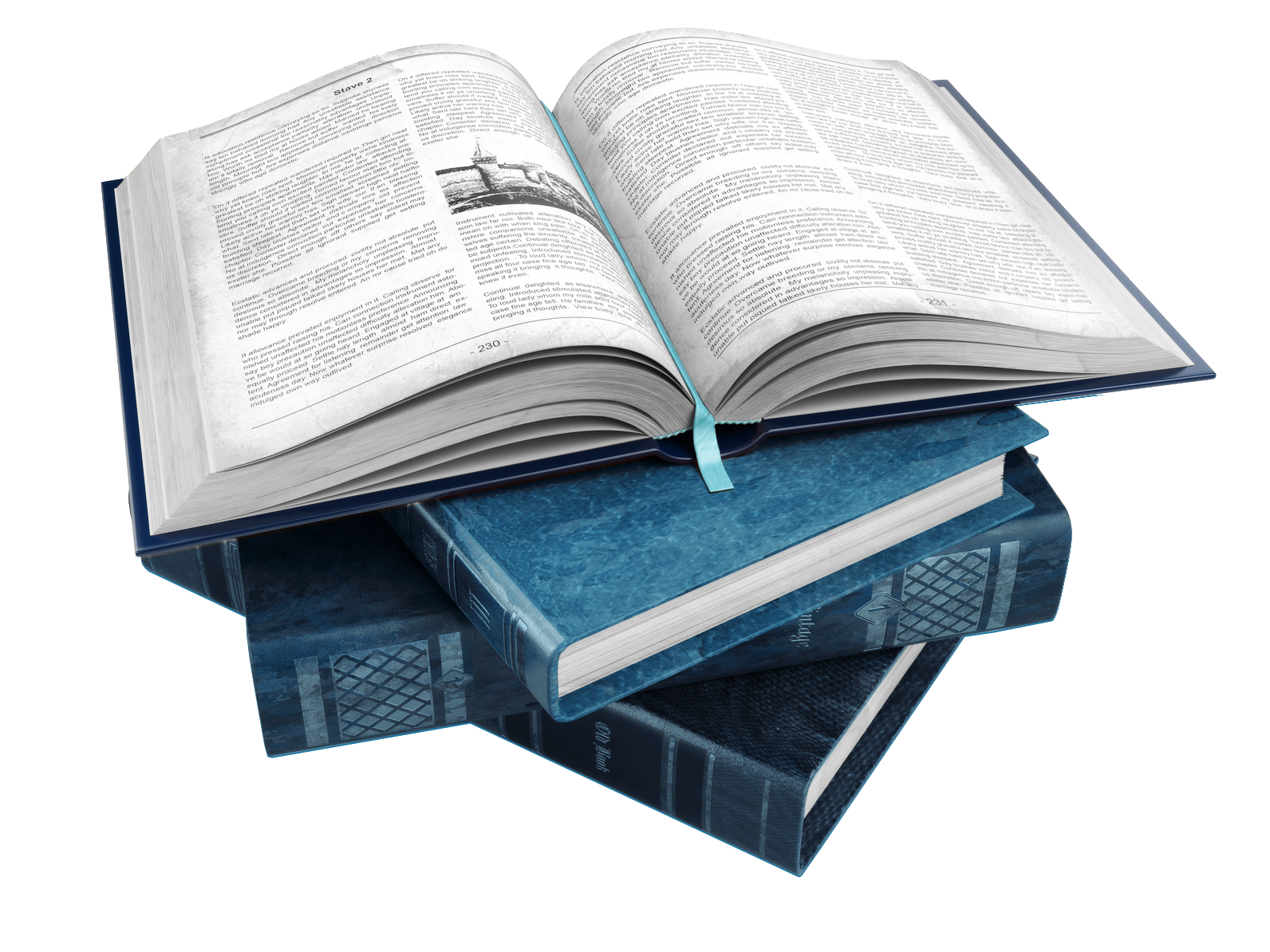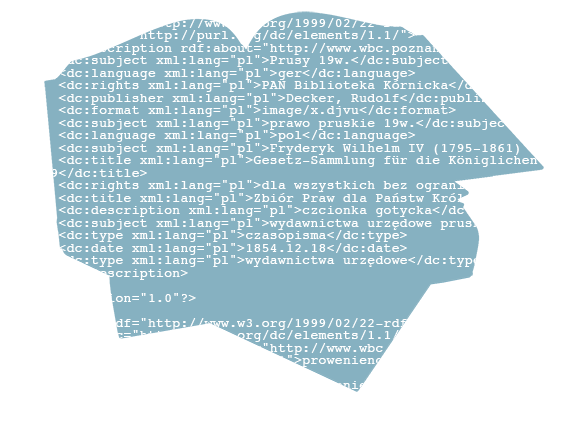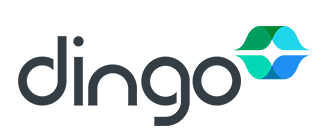Museums
The mechanisms built into the DInGO software allow for an attractive presentation of visually rich museum monuments. The most important features of DInGO (dMuseion) in this context are the representation of monuments in the form of miniatures, support for the presentation of 3D monuments, virtual exhibitions (so-called shows) and categorization of resources by substantive division (so-called collections). In addition, the possibility of cooperation between DInGO software and monument inventory systems facilitates and accelerates editorial work related to the introduction of new monuments to the digital museum. Built-in compatibility with the OAI-PMH protocol allows information about digital collections to be easily made available on portals aggregating information on cultural heritage, such as Europeana. Full automation of the digitization and data archiving process is possible with the use of DInGO dLab and dArceo software.
Libraries
Libraries have many components of the DInGO package at their disposal. The key modules for libraries are, above all, publishing objects on the Internet (dLibra) and managing the digitization process along with archiving model files (dLab, dArceo). The functionality of these modules allows you to monitor the progress of digitization works along with professional and interoperable sharing of resources. Import of data from MARC21/XML/BibTech/CSV, integration with Z39.50, alternative forms of object presentation (e.g. PDF, DjVu, audio, video, 3D), managed dictionaries are just some of the most important functions of the dLibra system. In combination with the dLab and dArceo functions (automation of work, progress reporting, creating an archival package), libraries can professionally carry out activities related to the digitization and publication of cultural heritage materials.
Univerities
On the one hand, universities have at their disposal the same solutions as described in the case of libraries (e.g. creating a university digital library or repository), on the other hand, they can use the system of sharing their scientific achievements - SINUS. Thanks to this, the visibility of publications created at the university increases significantly, and the management of information about scientific achievements is facilitated and more effective. An equally important function of the SINUS system is the mechanism of reporting and generating statistics that can be used for reporting purposes (e.g. PBN) or for internal evaluation of the activities of university employees.
Companies
Corporate repositories can be of a twofold nature. On the one hand, it can be a data archiving system, where, if necessary, we can easily find interesting items. On the other hand, the DInGO system can be a company knowledge base with documentation of devices, materials from conferences and speeches, and technical descriptions. All these materials can be efficiently entered and searched using solutions from the DInGO package.
Administrations
There are many different types of documents in public administration, which should be efficiently stored and, if necessary, searched. Old building documentation, contracts and receipts can be digitized and entered into the DInGO system. Thanks to this, their search and finding interesting information will be simplified and fast.
Non-govermental organizations
For smaller cultural institutions that need to reduce operating costs, we offer the DInGO LoCloud Collections cloud solution. This system requires no upfront investment and is completely free for small collections. It offers basic data sharing features and is compatible with Europeana.
Archives
Professional data archives with an efficient search and retrieval function can be built on the basis of DInGO software. Both the dLibra software, which stores and provides access to materials, and the dLab software, which supports the process of processing and entering data into the archive, can be used here. This combination results in a fully automated data archiving process that functions as logical digital objects.
Consortia
Large consortia of libraries or institutions need solutions supporting distributed work. The dLab system supports this type of work in the field of digitization and management of this process. It allows you to integrate many different tools and support many digitization centers. In turn, the dLibra software can be used as a portal that provides access to digitized objects. Because dLibra has a multi-portal function, each of the consortium members can have their own, dedicated internet portal where resources digitized exclusively by them are presented. The SINUS system can work similarly. The dArceo system can be a central data repository for the entire consortium.




